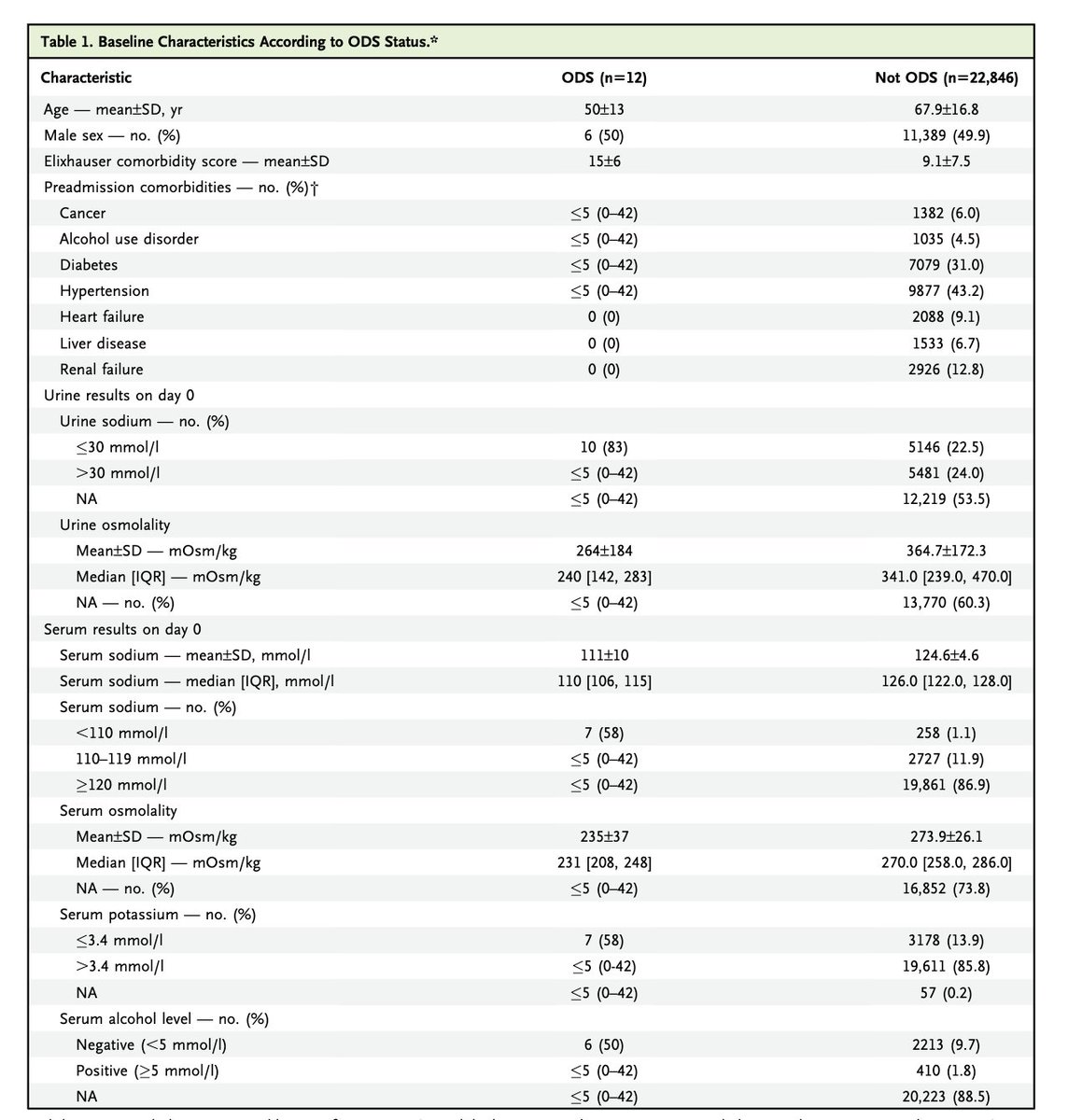Polarization in #KidneyWk Educational Community by Avrum Gillespie @AvrumGillespie
The agenda #KidneyWk 

Why we tweet. #KidneyWk 

Going deep into the "Social" of social media. The Left and Middle box. #KidneyWk 

What is a social network. Nice demonstration of an online and offline (dialysis unit, see the pinned tweet on @AvrumGillespie twitter feed for more on that) social network. #KidneyWk 

Popular people get more popular. This is called preferential attachment. His example is some clown named @Kidney_Boy #KidneyWk 

Homophily, people seek attachments with people of similar beliefs and interests. #KidneyWk
Transitivity (clustering) a friend of my friend is my friend, Constraint are people that are not joint friends (I think, it was a little unclear)
Transitivity (clustering) a friend of my friend is my friend, Constraint are people that are not joint friends (I think, it was a little unclear)
Influence is more powerful than credibility. #KidneyWk 



Clustering coefficients measures polarization
Eigenvector how well connected are you to someone who is well-connected
Average path length who many people does it take a message to go. (this was unclear)
#KidneyWk
Eigenvector how well connected are you to someone who is well-connected
Average path length who many people does it take a message to go. (this was unclear)
#KidneyWk

Using those definitions and looking at #KidneyWk 2019 and 2020, I wonder what was different between those two conferences? 



No mention on how they defined tweets on diabetic kidney disease. #KidneyWk 

Seahorse vs Hagfish. Not clear if he is joking. #KidneyWk 

How reduce polarization. #KidneyWk 

Social Media team to defend the network. He never defines attack or defense. I have no idea what this slide means. #KidneyWk 

His key data is 2019 vs 2020 #KidneyWk and he never mentioned the pandemic. Wild. 

• • •
Missing some Tweet in this thread? You can try to
force a refresh
























